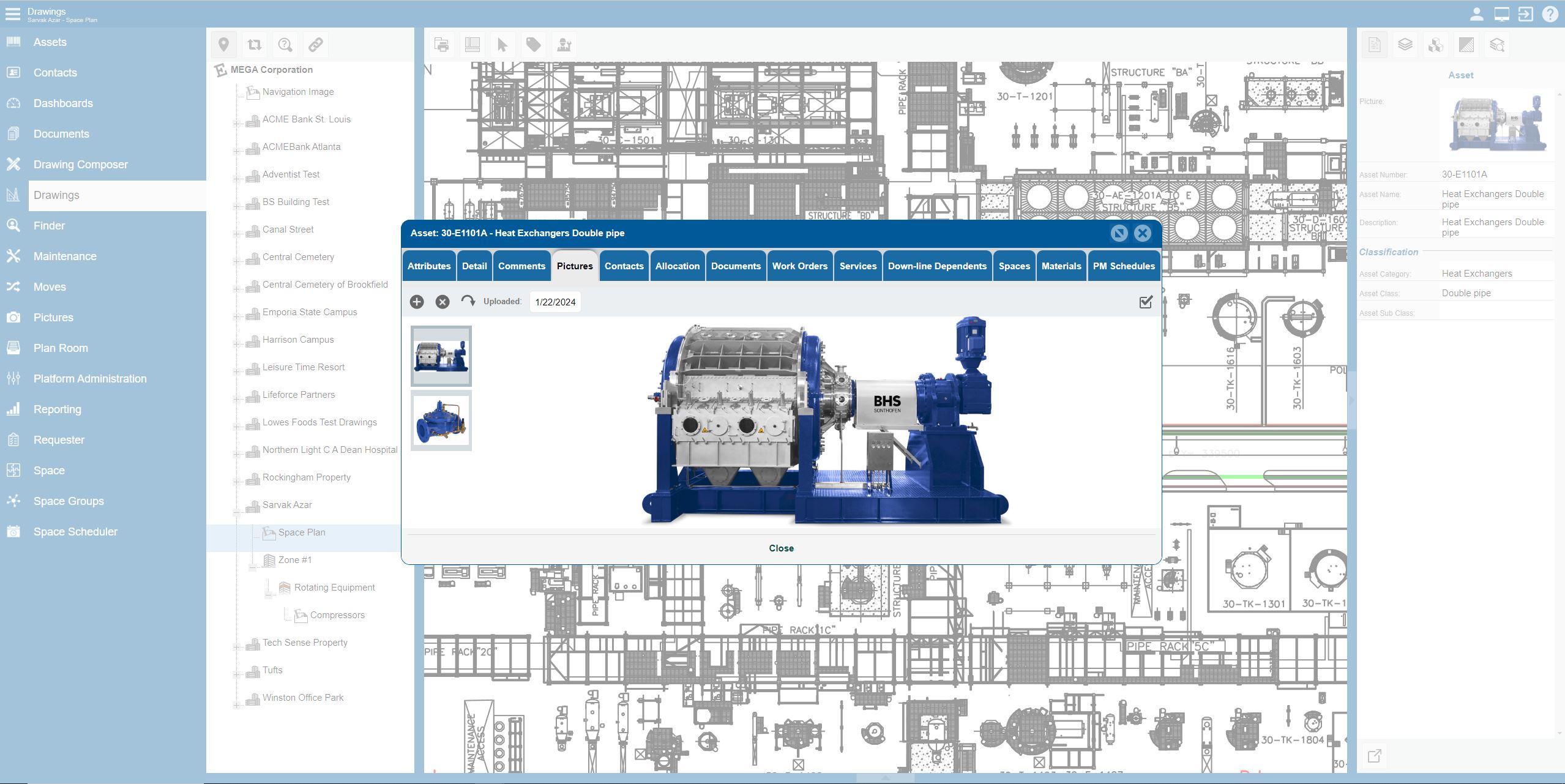Preventive maintenance, as the term suggests, consists of specific actions aimed at averting the necessity for corrective or breakdown maintenance, as well as extending the lifespan of capital assets and auxiliary machinery. The majority of preventive maintenance programs tend to be a disorganized collection of inspections, cleaning, adjustments, lubrication, and similar activities that often contribute little to preserving the reliability of essential production assets.
Statistically, approximately 33 percent to 42 percent of what are termed preventive maintenance tasks provide no added value regarding reliability or the prevention of maintenance issues.
Reliability-based preventive maintenance substitutes non-value tasks with targeted maintenance activities that not only prevent failures but also extend the lifespan of plant assets.
Here, we focus on the functional failures and their causes associated with the items. The formulation of a reliability-based preventive maintenance program relies on these two key steps:
- Identifying a functionally significant item (FSI)
- Determining relevant and effective preventive maintenance tasks.
A functionally significant item is defined as one whose failure would impact safety or could lead to considerable operational or financial consequences in a specific operating or maintenance scenario.
Identifying FSIs involves assessing the potential outcomes of failures through an analytical method and sound engineering judgment.
This process adopts a top-down approach, beginning at the system level, proceeding to the subsystem level, and, when necessary, down to the component level. An iterative method should be employed when pinpointing FSIs.
First, the boundaries and functions of systems and subsystems are established. This enables the prioritization of critical systems for further examination, which entails a more thorough and detailed description of the system, its functions, and its associated functional failures.
Procedures such as information gathering and system analysis outline an extensive array of tasks within the FSI identification process. These tasks should be applied, especially for complex or new equipment. However, for well-established or simple equipment, where functions and potential functional degradation or failures are widely understood, the tasks associated with system analysis can be completed much more rapidly.
INFORMATION COLLECTION
Data regarding equipment forms the foundation for the assessment and should be gathered before commencing the analysis, with additional details added as necessary. The subsequent items should be incorporated:
- Specifications for equipment and related systems, including compliance standards
- Documentation for design and maintenance
- Performance evaluations, such as maintenance records and failure statistics
Also, to guarantee completeness and avoid duplication, the evaluation should be based on an appropriate and logical breakdown of the equipment.
SYSTEM ANALYSIS
The tasks described in Information collection define the procedure for the identification of the functionally significant items and the subsequent maintenance task selection and implementation. It should be noted that the tasks can be tailored to meet the requirements of particular industries, and the emphasis placed on each task will depend on the nature of that industry.
IDENTIFICATION OF SYSTEMS
The objective of this task is to partition the equipment into systems, grouping the components contributing to the achievement of well-identified functions and identifying the system boundaries. Sometimes it is necessary to perform further partitioning into the subsystems, which perform functions critical to system performance. The system boundaries may not be limited by the physical boundaries of the systems, which may overlap.
Frequently, the equipment is already partitioned into systems through industry-specific partitioning schemes. This partitioning should be reviewed and adjusted where necessary to ensure that it is functionally oriented. The results of equipment partitioning should be documented in a master system index that identifies systems, components, and boundaries.
IDENTIFICATION OF SYSTEM FUNCTIONS
The objective of this task is to determine the main and auxiliary functions performed by the systems and subsystems. The use of functional block diagrams will assist in the identification of system functions. The function definition describes the actions or requirements that the system or subsystem should accomplish, sometimes in terms of performance capabilities within the specified limits. The functions should be identified for all modes of equipment operation.
Reviewing design specifications, design descriptions, and operating procedures, including safety, abnormal operations, and emergency instructions, may determine the main and auxiliary functions. Functions such as testing or preparations for maintenance, if not considered important, may be omitted. The reason for omissions must be given. The product of this task is a listing of system functions.
SELECTION OF SYSTEMS
The objective of this task is to select and prioritize systems, which will be included in the reliability-centered maintenance (RCM) program because of their significance to equipment safety, availability, or economics. The methods used to select and prioritize the systems can be divided into
- Qualitative methods are based on past history and collective engineering judgment.
- Quantitative methods, based on quantitative criteria, such as criticality rating, safety factors, probability of failure, failure rate, life cycle cost, and the like, are used to evaluate the importance of system degradation/failure on equipment safety, performance, and costs. Implementation of this approach is facilitated when appropriate models and data banks exist.
- Combination of qualitative and quantitative methods. The product of this task is a listing of systems ranked by criticality. The systems, together with the methods, the criteria used, and the results, should be documented.
SYSTEM FUNCTIONAL FAILURES AND CRITICALITY RANKING
The objective of this task is to identify system functional degradation/failures and prioritize them. The functional degradation/failures of a system for each function should be identified, ranked by criticality, and documented.
Since each system’s functional failure may have different impacts on safety, availability, or maintenance cost, it is necessary to rank and prioritize them. The ranking takes into account the probability of occurrence and the consequences of failure.
Qualitative methods based on collective engineering judgment and based on the analysis of operating experience can be used. Quantitative methods of Simplified failure modes and effects analysis (SFMEA) or risk analysis can also be used.
The ranking represents one of the most important tasks in RCM analysis. Too conservative a ranking may lead to an excessive preventive maintenance program, and conversely, a lower ranking may result in excessive failures and a potential safety impact. In both cases, a non-optimized maintenance program will result. The outputs of this task are the following:
- Listing of system functional degradation/failures and their characteristics.
- Ranking list of system functional degradation/failures.
IDENTIFICATION OF FUNCTIONALLY SIGNIFICANT ITEMS
Based on the identification of system functions, functional degradation/failures, and effects, and collective engineering judgment, it is possible to identify and develop a list of candidate FSIs. As said before, these are items whose failures could affect safety, be undetectable during normal operation, have a significant operational impact, and have a significant economic impact. The output of this task is a list of candidate FSIs.
FUNCTIONALLY SIGNIFICANT ITEM FAILURE ANALYSIS
Once an FSI list has been developed, a method such as failure modes and effects analysis (FMEA) should be used to identify the following information that is necessary for the logic tree evaluation of each FSI.
MAINTENANCE TASK SELECTION (DECISION LOGIC TREE ANALYSIS)
The approach used for identifying applicable and effective preventive maintenance tasks is one that provides a logical path for addressing each FSI functional failure.
TASK DETERMINATION
Task determination is handled in a similar manner for each of the five effect categories. For task determination, it is necessary to apply the failure causes for the functional failure to the second level of the logic diagram. Seven possible task resultant questions in the effect categories have been identified, although additional tasks, modified tasks, or modified task definition may be warranted depending on the needs of particular industries.
MAINTENANCE TASKS
Explanations of the terms used in the possible tasks are as follows:
- Lubrication/servicing (all categories)—this involves any act of lubricating or servicing for maintaining inherent design capabilities.
- Operational/visual/automated check (hidden functional failure categories only)—an operational check is a task to determine that an item is fulfilling its intended purpose. It does not require quantitative checks and is a failure-finding task. A visual check is an observation to determine that an item is fulfilling its intended purpose and does not require quantitative tolerances. This, again, is a failure-finding task. The visual check could also involve interrogating electronic units that store failure data.
- Inspection/functional check/condition monitoring (all categories)—an inspection is an examination of an item against a specific standard. A functional check is a quantitative check to determine if one or more functions of an item perform within specified limits. Condition monitoring is a task, which may be continuous or periodic, to monitor the condition of an item in operation against preset parameters.
- Restoration (all categories)—Restoration is the work necessary to return the item to a specific standard. Since restoration may vary from cleaning or replacement of single parts up to a complete overhaul, the scope of each assigned restoration task has to be specified.
- Discard (all categories)—Discard is the removal from service of an item at a specified life limit. Discard tasks are normally applied to so-called single-cell parts such as cartridges, canisters, cylinders, turbine disks, safe-life structural members, and the like.
- Combination (safety categories)—since this is a safety category question and a task is required, all possible avenues should be analyzed. To do this, a review of the tasks that are applicable is necessary. From this review, the most effective tasks should be selected.
- No task (all categories)—It may be decided that no task is required in some situations, depending on the effect. Each of the possible tasks defined above is based upon its own applicability and effectiveness criteria. Table 2.1 summarizes these task selection criteria.
TASK FREQUENCIES OR INTERVALS PREVENTIVE MAINTENANCE
In order to set a task frequency or interval, it is necessary to determine the existence of applicable operational experience data that suggests an effective interval for task accomplishment. Appropriate information may be obtained from one or more of the following:
- Prior knowledge from other similar equipment shows that a scheduled maintenance task
has offered substantial evidence of being applicable, effective, and economically worthwhile. - Manufacturer/supplier test data, which indicates that a scheduled maintenance task will be applicable
and effective for the item being evaluated. - Reliability data and predictions.
Safety and cost considerations need to be addressed in establishing the maintenance intervals. Scheduled inspections and replacement intervals should coincide whenever possible, and tasks should be grouped to reduce the operational impact.
The safety replacement interval can be established from the cumulative failure distribution for the item by choosing a replacement interval that results in an extremely low probability of failure prior to replacement. Where a failure does not cause a safety hazard, but causes a loss of availability, the replacement interval is established in a trade-off process involving the cost of replacement components, the cost of failure, and the availability requirement of the equipment.


